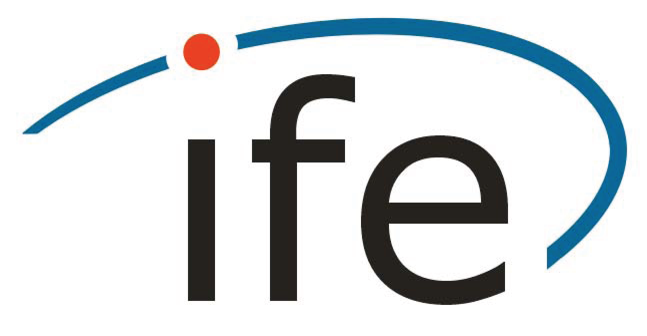On time-variable seasonal signals
Comparison of SSA and Kalman filtering based approach
- verfasst von
- Q. Chen, M. Weigelt, N. Sneeuw, T. van Dam
- Abstract
Seasonal signals (annual and semi-annual) in GPS time series are of great importance for understanding the evolution of regional mass, e.g. ice and hydrology. Conventionally, these signals are derived by least-squares fitting of harmonic terms with a constant amplitude and phase. In reality, however, such seasonal signals are modulated, i.e., they have time variable amplitudes and phases. Davis et al. (J Geophys Res 117(B1):B01,403, 2012) used a Kalman filtering (KF) based approach to investigate seasonal behavior of geodetic time series. Singular spectrum analysis (SSA) is a data-driven method that also allows to derive time-variable periodic signals from the GPS time series. In Chen et al. (J Geodyn 72:25–35, 2013), we compared time-varying seasonal signals obtained from SSA and KF for two GPS stations and received comparable results. In this paper, we apply SSA to a global set of 79 GPS stations and further confirm that SSA is a viable tool for deriving time variable periodic signals from the GPS time series. Moreover, we compare the SSA-derived periodic signals with the seasonal signals from KF with two different input process noise variances. Through the comparison, we find both SSA and KF obtain promising results from the stations with strong seasonal signals. While for the stations dominated by the long-term variations, SSA seems to be superior. We also find that KF with input process noise variance based on variance rates performs better than KF with the input process noise variance based on simulations.
- Externe Organisation(en)
-
Universität Stuttgart
University of Luxembourg
- Typ
- Aufsatz in Konferenzband
- Seiten
- 75-80
- Anzahl der Seiten
- 6
- Publikationsdatum
- 2016
- Publikationsstatus
- Veröffentlicht
- Peer-reviewed
- Ja
- ASJC Scopus Sachgebiete
- Computer in den Geowissenschaften, Geophysik
- Elektronische Version(en)
-
https://doi.org/10.1007/1345_2015_4 (Zugang:
Geschlossen)




